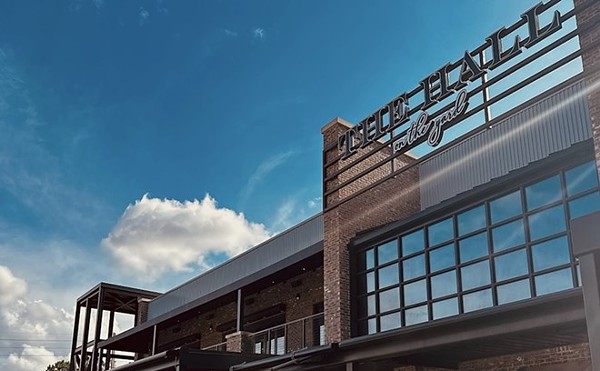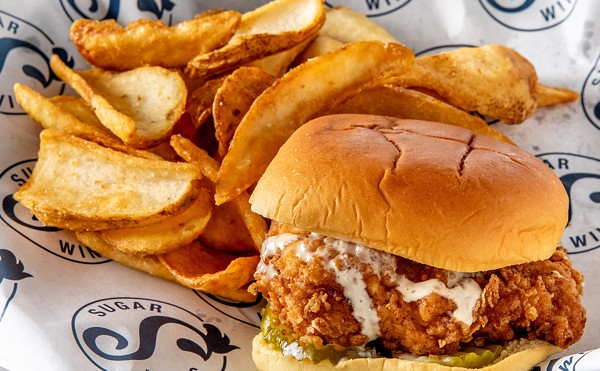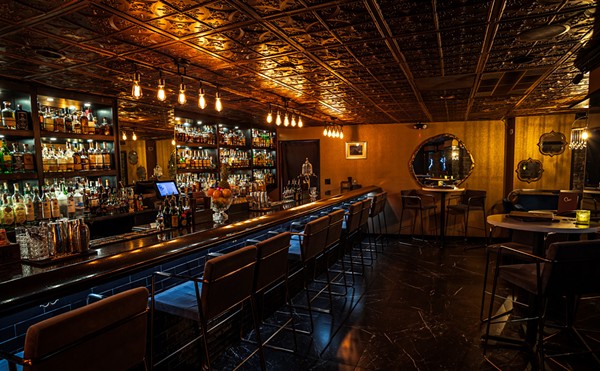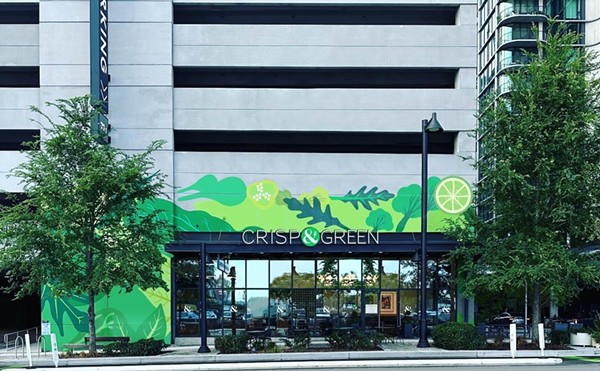Before you read another word, let me warn you. I’m going to talk about rosé wine. So, if you can’t stomach the notion that a drink can be both pink and good, this won’t be for you.
To be fair, Riunite and white zinfandel, tasting like boozy bubblegum, pretty much ruined pink wines for me for years. But don’t let a few scrapes with crappy wine coolers scare you off.
First, a quick note about what a rosé is. Rosé is just French for pink. (Similarly, rosado is Spanish and rosato is Italian for pink.) The pink hue is achieved in one of two different ways. The most popular — and usually best — involves the red grapes’ skins remaining in contact with the rest of the juice for a short while before fermentation. Or, simply mixing some red wine with white wine will do the trick.
Most rosé wine is drunk young. And well-chilled.
On a recent weekday afternoon (hey, I was kind of working) at South Tampa’s CRU Cellars, I tried a handful of rosé wines.
I started with lighter, drier stuff, which in this lineup was 2011 Domaine de la Petite Cassagne, from southern France’s Rhone region. Faintly pink, this one tasted of stones (in a good way) and strawberries. Lovely stuff. And at $11 a bottle, easy on the wallet.
Next up was another rosé from the Rhone, 2011 Domaine Sainte-Eugenie ($11). This wine was more full-bodied, tangy even. Elegant.
Heading south, to Italy, I tasted Castello di Ama Rosato, from Tuscany. Double the price of the previous two at $22 a bottle, but much richer and more complex. Which makes sense, given that it’s made with sangiovese grapes, the same fruit used to make such high-octane reds as Chianti. Curiously, the first sniff reminds me of stinky cheese, though you’d never know it when you taste it. At first sip, the cherry taste implies that a surge of sweet is on the way. Instead, it’s nicely dry.
With the first sip of compatriot rosato Ca’ Montebello ($18), you’re in for a surprise. It’s slightly frizzante — bubbly, that is. Which gives it a zesty, celebratory quality. Made with pinot nero grapes (yup, Italian for pinot noir), this one’s very nice, but a tad sweet for all-afternoon drinking.
FRV 100 Jean-Paul Brun ($21) sounds more like a new model of a French cell phone, but it’s actually a play on words.
Sounded out in French, FRV 100 is Eff Err Vay Son (get it, effervescent?). Made from Gamay grapes, the same purple-hued fruit used to make red wines such as Beaujolais, this lightly fizzy rosé tastes like strawberries. Again, a little on the sweet side, but nicely so. This is, as CRU Cellars proprietor Jen Bingham aptly says, a “happy” wine.
Then again, after tasting so many wines, I’ll admit I’m partial to her colleague Rose Palano’s inspired take on this one: “Strawberry-rhubarb tea.”
Among other rosés you should try is 2011 Marques de Caceras, from Spain’s Rioja region, where so many powerful reds come from. Light, but packed with fruit tastes, this one also happens to be a steal at $9 a bottle.
I’m a sucker for Tavel, a rosé made in a very specific area in France’s Rhone, an area typically known for its racy reds. Typically made with grenache, along with a few other grapes, Tavels tend to be both complex and bone dry. Among my favorites is a rosé made by Chateau D’Aqueria ($12).
Try a few good rosé wines, and I’m willing to bet you too will become a fan of the pink. Not only is it tasty, it’s also cheap. Plus, few wines go as well with soaring temperatures and cookouts as rosés do.

















